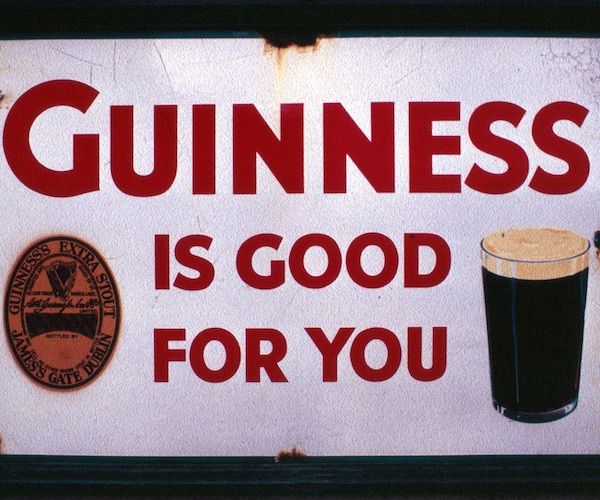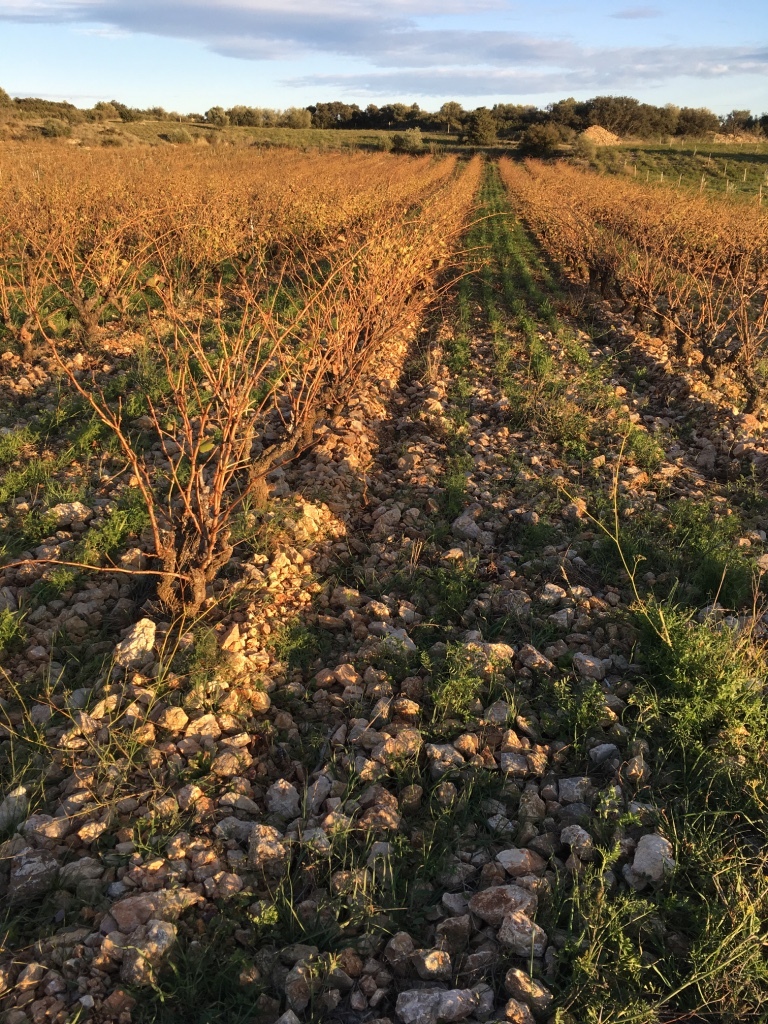by Lorette C. Luzajic

When was the last time you used your Jell-o rings or fish-shaped salad moulds? Maybe you don’t even know what those cobwebbed copper hearts and roosters hanging from Grandma’s kitchen ceiling were for. But once upon a time, glistening gelatin towers of layered jewel-toned fruits and shredded cabbage quivered from every table.
Whatever would a gal don an apron for, if not for a tropical tuna salad, congealed in the shape of a pineapple? It would be unthinkable to serve a crab or lobster mousse in anything but a crustacean form. Yes, Virginia, there were days of yesteryear when salads were made out of layers and layers of spun marshmallow, shaped into shimmering swirls, and dyed pink to match your dress. Marshmallows with mayonnaise, no less.
Mmmm, marshmallows. Homer Simpson probably rues the day he was drawn. The age of donuts holds no candle to Mrs. F. D. Dover’s Pink Seafoam Salad. Gordon Ramsay would no doubt have a seizure if he were served a cherry shaped, cream cheese cola salad- but he’d have to take it up with Mrs. N. Dudley Jones.
Now, I despise marshmallows, and I’m neutral towards Jell-o. And I don’t think the words “asparagus” and “mousse” should ever sit side by side. But in the age of designer dining, it’s easy to forget that it was our mothers and aunts and great grandmothers who taught us how to cook. I love modern cookbooks, the glossy kind with arty photography of sliced limes and white peppercorns. But they can’t compare to the kind of cookbook you actually take into the kitchen, the kind of book that doesn’t mind the odd splattering of parsley butter or bacon grease.
The kind of cookbooks where I found Mrs. Jones’ Bing Cherry and Cola Salad are in a league of their own. A Cook’s Tour of Athens compiled by the Junior Assembly of Athens, Georgia, in 1963, is such a gem. This is one of those ubiquitous, coil bound recipe books often created as fundraisers for a church or school. They are treasure troves of recipes by someone’s grandmother, or next door neighbour, and the recipes usually come with names. As a source of food lore, community history, and anthropology, they are unparalleled. Food in history is our history- it shows the impact of trade, of immigration, of war and conquest. History books about military strategy are boring. Recipe books showing how different groups came together to bring new crops or merge cuisine styles aren’t boring. They tell the story of the people.
It’s imperative that the record of marshmallow salads survives- it is part of our unique story. And though I’ll never make Mrs. Bunnie Cox’s asparagus mousse, the rest of this book is a bonanza of mouth watering southern pleasers- John “Buck” Griffin’s Deviled Crab, for example, or Bubber’s Salad Dressing are delectable and easy. I collect these cookbooks because you just can’t get any more “regional” or “home made.”
I enjoy meandering through used bookstores, yard sales, and relatives’ basements in search of cookbook pirate booty. In between discoveries, there is time to read and enjoy the glimpses of human nature that such books yield, and to try some of the recipes, too. These little books are goldmines of famous recipe hand-me-downs, preserved by Xerox and love. They are also delightfully imperfect, with impromptu errors and under-edited scribblings.
Gourmet.com’s Missy Ketchum agrees. She writes, “I treasure my old community cookbooks specifically for their slipshod editing (three Seven-Minute Frosting recipes in the same book), dubious storage advice (a coleslaw “keeps indefinitely”), and dishes that sound inedible (Velveeta plus Miracle Whip plus canned tuna equals a “speedy dip for unexpected company”).”
There is also whimsy in the important history and geography of food, families, and places. For example, in From Massachusetts with Love, by Liz Anton and Beth Dooley, I learn that “it is best to pick blueberries before the dew is off.” I learned that young ladies of Boston made pies to show their culinary talents to the boys who came a’courting. I learned that the famous Boston Clam Chowder, also called New England Clam Chowder, is not to be confused with the kind of chowder that uses tomatoes. That was invented in barbaric New York, and it wasn’t just frowned upon- it was against the law. Yes, chowder purists had a law passed in 1939 making it illegal to add tomatoes to New England Clam Chowder- in Maine, not Massachusetts. Both states refer disparagingly to the tomato kind as Manhattan Clam Chowder. To make matters more confusing, Rhode Island uses both red and white, but often serves “chowder” as a clear broth.
Bermudian Cookery by the Bermuda Junior Service League was a $2.50 antiquarian bookstore bargain. I can find no mention of the year, but the first section tells “a history of Bermudian cookery from 1609 to the present.” Here I learn that shipwreck survivors en route from England to Jamestown landed in Bermuda in 1609. The British described the island as “an inchaunted pile of rockes.” And that is why the fat, sweet fish most popular there are now called rockfish maw. This collection abounds with rockfish recipes, mussel pie, more chowders, and another Bermudian delight- the banana. Banana chutney, bread, pie, and “flaming bananas,” a delectable dessert with rum. Yum.
One of my prize possessions is Mme Begue’s Recipes of Old New Orleans Creole Cookery. In 1884, Mme Begue’s breakfasts became world famous, and her champions considered her cuisine the finest art in all the world, including the kitchens of Paris. From this delightful book, I learn that Madame Begue was actually a German woman named Elizabeth Kettenring who worked her mojo for thirty years. She served only one meal- a “second breakfast,” and thus inadvertently invented brunch. Brunch in the French Quarter meant dining for a minimum of four hours, with succulent fare like turtle soup, lamb brains a la remoulade, stewed veal tongue, and crayfish bisque.
From the Crocodiles: Recipes from the International Women’s Club of Kaduna, Nigeria features spinach soup, peppermint wafers, and pawpaw coconut pie. Coastal Carolina Cooking, from 1958, is also a beauty. There is an abundance of easy to make barbecue sauces; a sweet potato casserole; Mrs. Burnell Brown’s Hillbilly Burgers; and a jellied ham loaf that will likely never see the light of day this side of the border.
Finally, you know you can depend on a book called simply, Our Favourite Recipes. The Canadian Ukrainian Women’s Association of The St. Mary’s Ukrainian Greek Orthodox Church compiled this Whalley, British Columbia delight in 1964. How’s that for a mouthful? The mouthfuls inside roll off the tongue a bit more smoothly- who knew it was so easy to make Mrs. Apolina Kobrynowich’s hearty Ukrainian Stew? Olga Arychuk’s Halubtsi- cabbage rolls- were even better. I said nay to the jellied pig’s feet, but yay to olive filled cheese balls. The introduction page of this humble volume of Canadian-Ukrainian history reads, “The recipes in this book may not have been laboratory tested, but their merit has been established by church and civic groups, and the most critical group of all- husbands!”
Within these modest little collections are secrets of kitchen, community, and sustenance. They provide a retrospective lens of gastronomic preferences, and a wealth of history that comes directly from real people and their tables. These windows into yesterday are unique in that they have no filter of publishing elitism or modern trendsetting- they tell the plain and simple truth about plain and simple people. They are also stuffed with the kind of recipes that helped families “make do” when times were tough, and times are tough right now. Who knew there were so many simple, succulent ways to skin a carrot? Seems like a good time to dust off your old gelatin ring and get some good old-fashioned tuna macaroni salad ready for the church spring picnic.
Do you have a bunch of mouldy regional cookbooks your great aunt left in your attic? Would you like to donate them to Lorette? She’d love to take them off your hands. Contact her at thegirlcanwrite at hotmail dot com.
 Author, Artist, Poet Lorette C. Luzajic’s website is www.thegirlcanwrite.net. Browse her books at Amazon.ca.
Author, Artist, Poet Lorette C. Luzajic’s website is www.thegirlcanwrite.net. Browse her books at Amazon.ca.







WOW! You make me regret getting rid of all those cook books I’ve accumulated over the years. Maybe Mom still has her’s.